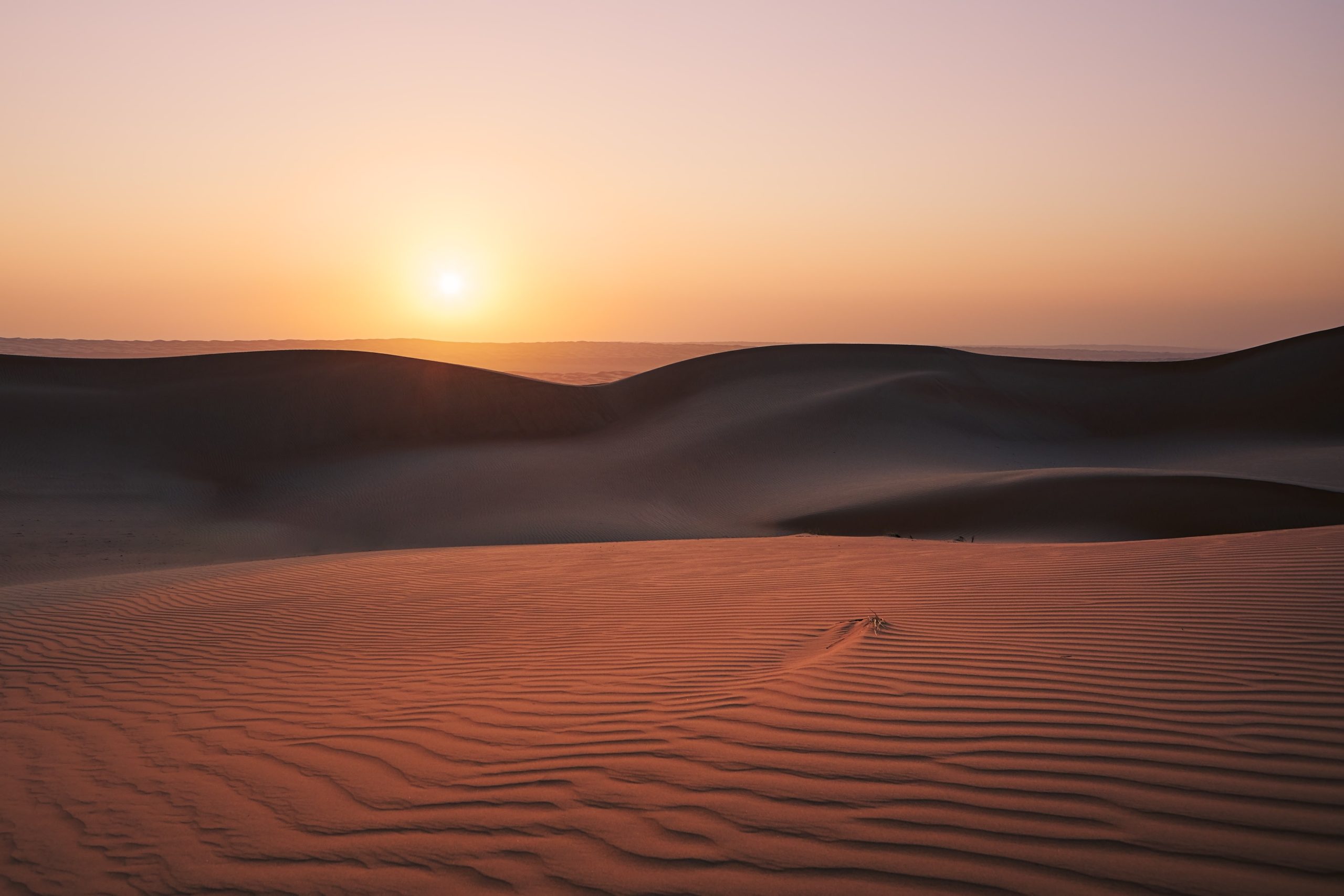As one of the most impressive natural wonders of Oman, Wahiba Sands offers visitors the wild beauty and biodiversity of the desert. This vast sea of sand not only presents a visual feast but also provides an opportunity to explore the rich and diverse life of the desert ecosystem. Wahiba Sands hosts a variety of plant and animal species despite the harsh conditions of the desert, making it a region rich in biological diversity.
Visiting Wahiba Sands reveals that the desert is more than just sand and heat. It houses many creatures with the ability to survive and adapt, showcasing the complexity and beauty of desert life.
Life in the Desert Ecosystem: Flora and Fauna of Wahiba Sands
Wahiba Sands boasts a rich ecosystem home to various plant and animal species. Desert plants adapt and survive the harsh climate conditions, while desert animals develop unique lifestyles in this ecosystem.
Visitors can observe rare desert plants, reptiles, birds, and small mammals while exploring this diversity. Each of these creatures plays a crucial role in maintaining the balance and health of the desert ecosystem.
The Changing Faces of the Desert: Geographical Features of Wahiba Sands
Wahiba Sands is characterized by diverse geographical features such as varying sand dunes, oases, and dry valleys. This geographic diversity proves that the desert is not a monotonous landscape.
These different geographical structures contribute to the diversity of the desert ecosystem and provide suitable environments for various species to live. Visitors can see the different faces of the desert while exploring this diversity and marvel at the beauty of this unique natural environment.
Sustainable Tourism and Environmental Protection in Wahiba Sands
Wahiba Sands is an important example of sustainable tourism and environmental protection. Visitors are encouraged to explore the region in an environmentally sensitive manner, thereby preserving its natural beauty and biodiversity.
Visitors can discover the wild beauty of the desert without harming the environment and interact with local communities and environmental organizations working to protect the area. This is a crucial step in preserving the desert and ensuring the sustainability of this unique ecosystem for future generations.


